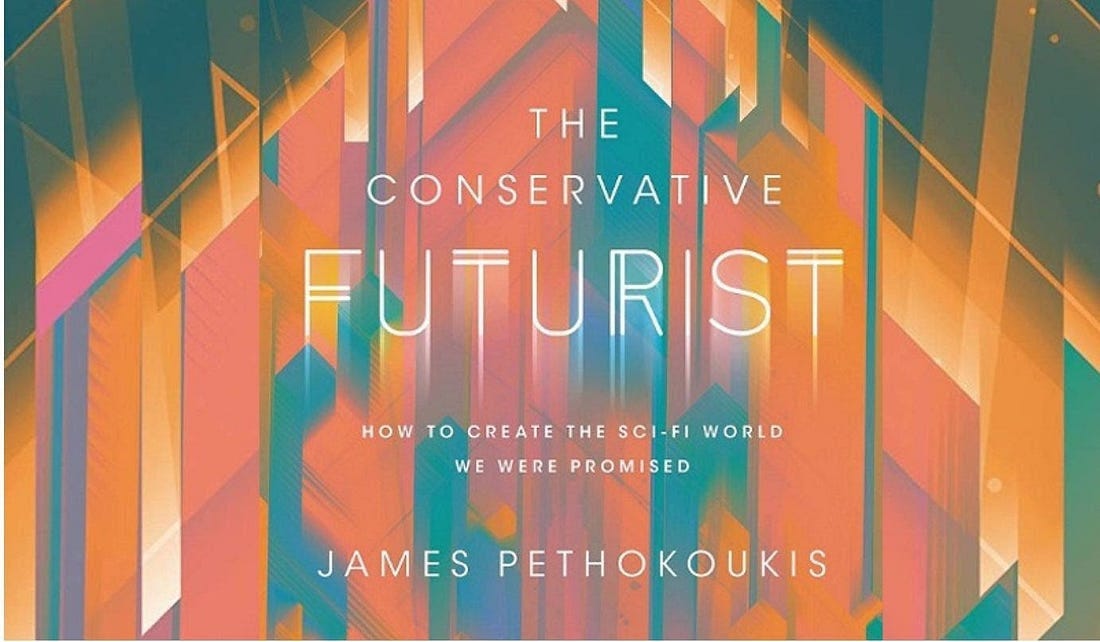🗽 America at (almost) 250: It still works!
As the US Semiquincentennial approaches, national decline is neither inevitable nor likely in the 21st century
My fellow pro-growth/progress/abundance Up Wingers,
With just a year to go until the United States marks its 250th birthday, a familiar debate still rages: Is America in decline?
In 1987, historian Paul Kennedy warned in The Rise and Fall of the Great Powers that US dominance risked being undone by “imperial overstretch.” Five years later, Francis Fukuyama’s The End of History and the Last Man offered a more triumphant view: liberal democracy had won, and America stood atop the heap. Four decades on — and with America’s Semiquincentennial approaching — the scoreboard still favors the red-white-and-blue optimists.
Think about America’s competitors, starting with Europe. In 2008, the EU-UK economy was 10 percent larger than America’s. Today, the $30 trillion U.S. economy is nearly a third bigger. The world’s top seven technology companies by market value are all American, including nine of the top ten overall. Europe’s best, ASML and SAP, barely crack the top 15. The top AI-centric firms like Anthropic and OpenAI are All-American All-Stars.
The US also enjoys abundant cheap energy, deep capital markets, and unmatched research universities (at least for now). Gideon Rachman of the Financial Times sums it up: “Sector by sector, Europe has fallen behind.”
Of course, China seems like the true rival for 21st century dominance. But maybe not much of one. A recent study from economists Jesús Fernández-Villaverde, Lee Ohanian, and Wen Yao finds slowing productivity and ominous demographics. (“China has been growing because it is accumulating capital and is catching up with the world’s technological frontier. But China’s technology catch-up is slowing considerably.”)
Trouble in the Middle Kingdom: Beijing’s increasing reliance on state-led growth is sapping efficiency. The Lowy Institute sees China topping US GDP eventually — but never opening a durable lead, and certainly not in per-person prosperity. Meanwhile, America’s free-market model, plus its enduring appeal to global talent, remains a growth engine (for now). As the Economic Innovation Group puts it, “Immigration policy is innovation policy.” Drawbridge down, not up.
Yes, yes, yes, America has its problems — rising debt, political dysfunction, and a worrisome neglect of some of its key superpowers: science investment, global competitive intensity, and even its liberal democratic foundation. But on the eve of its Semiquincentennial, core US strengths still outclass the competition. The end of history, in Fukuyama’s sense, may be arguable, I suppose. The end of American primacy? Not yet. If anything, the numbers suggest that at 250, America might just be entering its next act.
This essay is adapted from the Faster, Please! essay “America: Everything, everywhere, all at once,” published June 21, 2023.
On sale everywhere The Conservative Futurist: How To Create the Sci-Fi World We Were Promised by James Pethokoukis





